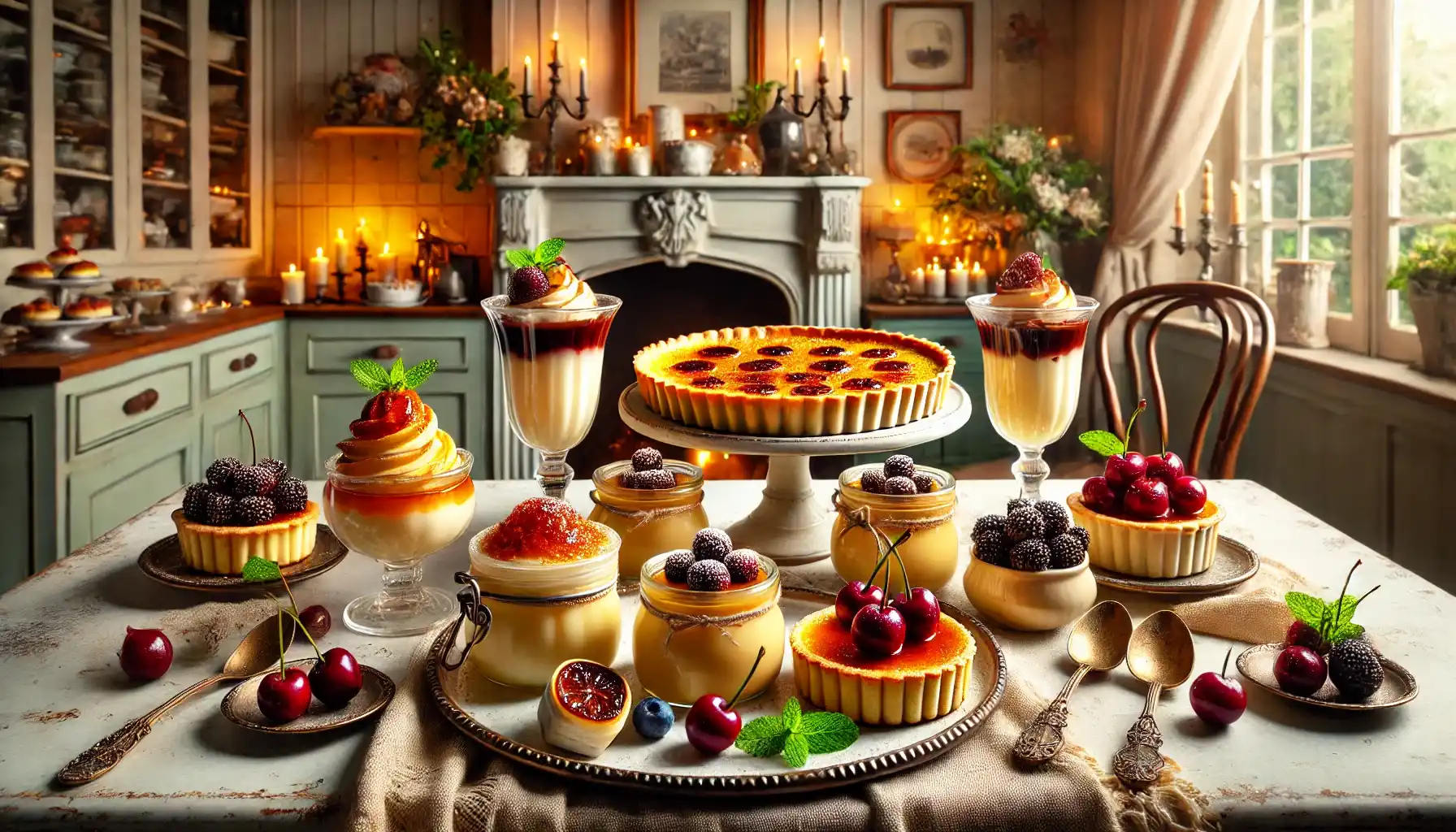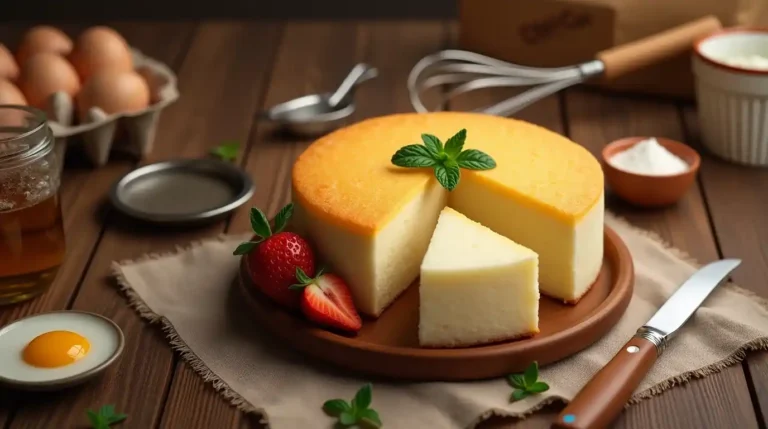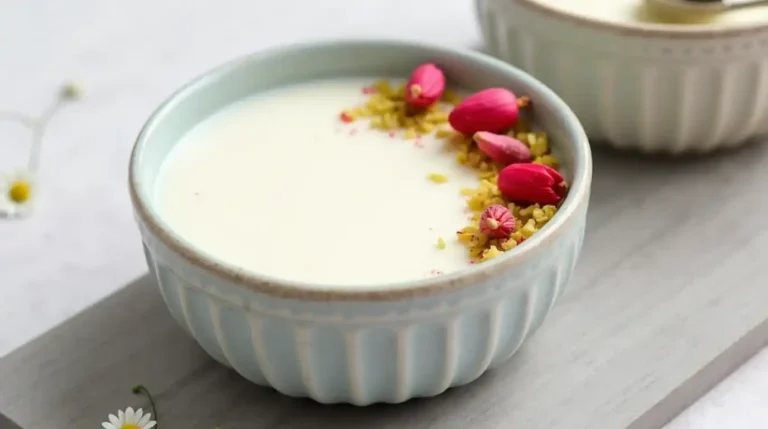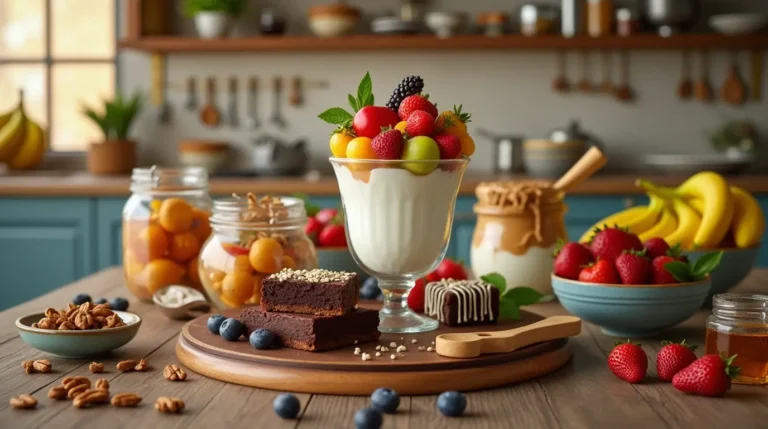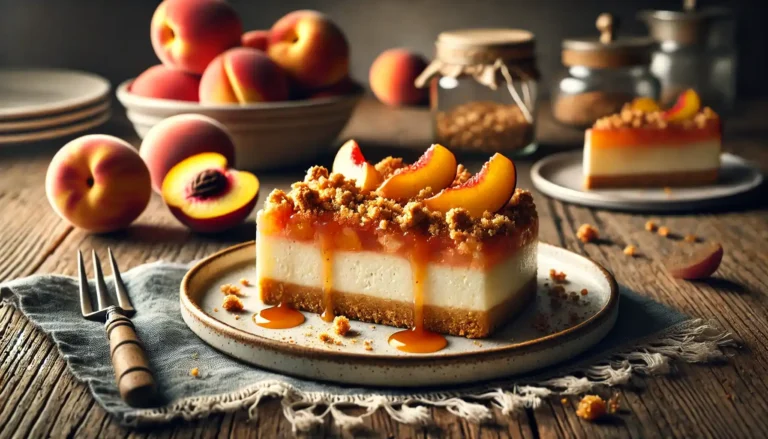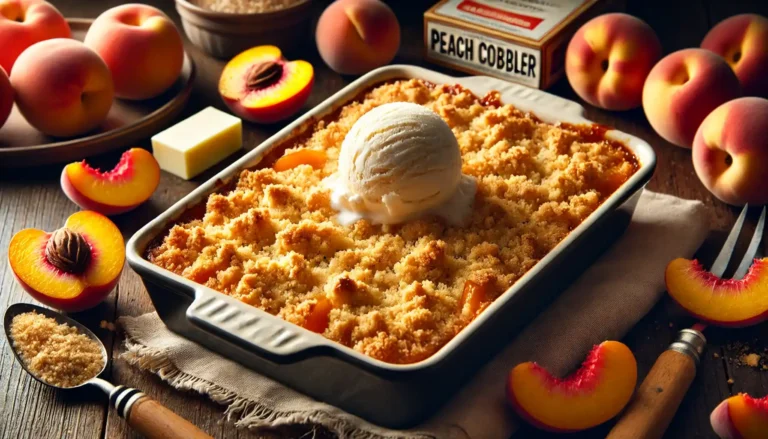Custardy French Dessert NYT: Exploring France’s Creamy Confections
France is celebrated worldwide for its delightful pastries and sophisticated desserts. Among these, custardy French desserts hold a special place in culinary tradition. This article focuses on the key phrase “custardy French dessert NYT”, shedding light on the storied background, common varieties, and tips for preparing these creamy sweet treats at home. Whether you’re an aspiring home cook or a dessert connoisseur, read on to discover the wonders of these classic French favorites.
Table of Contents
The Allure of Custardy French Desserts
Custardy French desserts epitomize elegance and indulgence. Their velvety texture, subtle sweetness, and exquisite presentation make them stand out on dessert menus around the world. From the caramelized top of a Crème Brûlée to the silky smooth interior of a Crème Caramel, these confections have become coveted delicacies far beyond the borders of France.
The New York Times (NYT) has often showcased recipes that highlight the enchantment of French custard desserts. Searching for a “custardy French dessert NYT” article reveals a treasure trove of hints, tips, and chef-approved secrets. The popularity of these desserts stems from their sophisticated simplicity, as they combine humble ingredients—cream, eggs, and sugar—into a luxurious final product.
A Brief History of French Custard
Origins of Custard in France
Custard’s roots in French cuisine can be traced back centuries. Medieval cooks experimented with eggs and dairy to create early versions of custards, flans, and creams. Over time, French culinary masters refined the cooking techniques, leading to the polished desserts we know today. Royal courts embraced the delicate flavors, elevating custard-based sweets into symbols of status and refinement.
Evolution in Modern Times
Although traditional custard recipes have stayed largely consistent, modern chefs continue to innovate. By incorporating unique flavor infusions like lavender, chocolate, or seasonal fruits, they add playful twists to time-honored favorites. The growing popularity of French cooking internationally has also spurred an interest in mastering the art of custard preparation, inspiring home cooks worldwide to tackle everything from Clafoutis to Pots de Crème in their own kitchens.
Popular Types of Custardy French Desserts
French cuisine boasts a delightful variety of custardy creations. Here’s an overview of some crowd-favorite desserts:
| Dessert Name | Primary Ingredients | Texture | Serving Suggestions |
|---|---|---|---|
| Crème Brûlée | Cream, egg yolks, sugar, vanilla | Silky custard with a crisp caramelized top | Serve cold with fresh berries |
| Crème Caramel | Milk or cream, eggs, caramel sauce | Smooth, jelly-like texture | Garnish with mint leaves or fruit compote |
| Pots de Crème | Cream, egg yolks, chocolate (optional) | Dense and velvety | Top with whipped cream or shaved chocolate |
| Clafoutis | Batter (eggs, flour, milk), cherries (traditional) | Soft and custardy | Dust with powdered sugar and serve warm |
| Pain Perdu (French Toast) | Sliced bread, eggs, milk, sugar | Moist and custard-like center | Serve hot with fresh fruit and maple syrup |
Understanding the Magic of Custard
The Role of Eggs
Eggs are the cornerstone of French custard desserts. They provide structure and richness, helping transform what might otherwise be a thin cream into a thick, creamy delight. By carefully balancing egg yolks, whites, and dairy, chefs can achieve the perfect consistency, whether that’s light and airy or luxuriously dense.
Gentle Cooking Methods
When preparing any custardy French dessert, gentle cooking is essential. Most custards are cooked in a water bath (bain-marie) to regulate heat and prevent curdling or cracking. Slow, even cooking ensures the custard sets perfectly and retains its smooth texture. Overheating the mixture can lead to undesirable lumps or a grainy mouthfeel, so patience is key.
Cream and Flavorings
A high-quality cream is pivotal to achieving a rich, velvety final product. Whipping cream or heavy cream typically serves as the base, and the addition of sugar and flavorings (such as vanilla bean or orange zest) elevates the taste. Despite having relatively few ingredients, each one is selected for maximum impact—creating a dessert that’s at once indulgent yet harmonious.
Tips for Making Perfect Custardy Desserts at Home
- Select Fresh Ingredients
Since custardy French desserts rely on simplicity, prioritize fresh, high-quality products. That means farm-fresh eggs, high-fat cream, and real vanilla extract or vanilla beans whenever possible. This ensures robust flavor and the silkiest possible texture. - Temper Your Eggs
When a recipe calls for combining hot milk or cream with egg yolks, always temper the eggs. This means slowly whisking a small amount of warm liquid into the eggs before adding the egg mixture back to the pot. Tempering prevents the eggs from scrambling or cooking too quickly. - Invest in a Good Thermometer
Checking the temperature of your custard mixture can help you avoid overcooking. The ideal internal temperature for most custard-based desserts is between 160°F (71°C) and 180°F (82°C). Beyond that, you risk the formation of lumps or a rubbery texture. - Use a Water Bath
Baking custards in a bain-marie (placing the custard dish in a larger tray filled with hot water) protects them from sudden temperature changes. This method ensures even cooking throughout the dessert and reduces the risk of cracking on the surface. - Cover for Consistency
Some cooks like to cover their custard dishes loosely with foil to help them retain moisture. This can be particularly helpful if your oven has a convection setting that circulates hot air more vigorously, potentially drying out the top of the dessert. - Allow Ample Chill Time
Patience is crucial. Most custardy French desserts need to chill for several hours—or even overnight—to achieve the right consistency. This resting period is when flavors meld, and the texture sets to perfection.
Flavor Infusions and Variations
Variety is the spice of life, and custardy French desserts are no exception. By adding seasonings or complementary ingredients, you can adapt classic recipes to your personal taste:
- Chocolate Twist: Incorporate melted chocolate into a traditional crème mixture to create Chocolate Pots de Crème or a Chocolate Crème Brûlée.
- Fruit Forward: Try layering fresh fruit purée at the bottom of ramekins or adding ripe berries on top of the custard for a summery vibe.
- Herb & Spice Fusion: Infuse cream with aromatic herbs or spices, like lavender, cinnamon, or cardamom, for an unexpected yet delightful twist.
- Nutty Décor: Sprinkle crushed nuts, such as pistachios or hazelnuts, on top of the finished dessert to add textural contrast.
Serving Suggestions and Presentation
The French pay considerable attention to presentation, often using delicate dishware and garnishes that complement the dessert’s flavor profile. Here are a few suggestions:
- Caramelized Topping: For a delightful crunch, sprinkle superfine sugar over your dessert and torch it to caramelize. It’s a must for Crème Brûlée, but equally enticing on other custard-based sweets.
- Edible Flowers: Garnish your plates with edible flowers like pansies, rose petals, or lavender buds for a charming, floral finish.
- Fresh Fruit: Add a pop of color with fresh berries, fig slices, or poached pears. The natural sweetness balances the creaminess perfectly.
- Chic Serving Ware: Traditional French ramekins or stylish glasses lend an authentic air. Clear glass containers show off the dessert’s layers and invite diners to indulge with their eyes first.
Exploring New Twists: Modern Adaptations
Dairy-Free Options
As dietary preferences change, chefs have adapted these classics for broader audiences. Substituting almond milk, coconut milk, or soy milk for cream can yield surprisingly rich results. While the texture may be slightly lighter, the flavors remain irresistible.
Lower Sugar Alternatives
For those looking to reduce their sugar intake, using natural sweeteners like honey or maple syrup can create a delectable treat without overwhelming sweetness. Adjusting the sugar doesn’t mean sacrificing flavor; it’s all about finding the right balance with your chosen sweetener.
Where to Learn More
If you’re intrigued by the full spectrum of French custard desserts or want to expand your French culinary repertoire, there’s a wealth of resources available:
- Official France Tourism Site: Learn more about French culinary traditions and regional specialities from the country’s official travel hub.
- Food sections in major newspapers, such as searching for a “custardy French dessert NYT” article, can also provide expert tips, chef interviews, and recipe variations.
Beyond these resources, joining cooking classes—either in person or virtually—can hone your skills under professional guidance. Many culinary schools offer specialized courses focusing on pastries, chocolate-making, and of course, custard desserts.
Conclusion
Deliciously smooth, delicately sweet, and elegantly presented—custardy French desserts stand as a true testament to the sophistication of French cuisine. Whether you prefer the glossy finish of a Crème Caramel, the crackly sugar crust of a Crème Brûlée, or the fruity warmth of a Clafoutis, there’s a style for every palate. Embracing classic techniques like the bain-marie and tempering the eggs, while experimenting with flavor add-ins, ensures your custard creations are both memorable and mouthwatering.
The next time you crave a luxurious, comfort-food sweet, consider whipping up one of these French custard delights. Armed with the right tips and a dash of culinary curiosity, you can bring a taste of France right into your kitchen—no passport required. Bon appétit!

